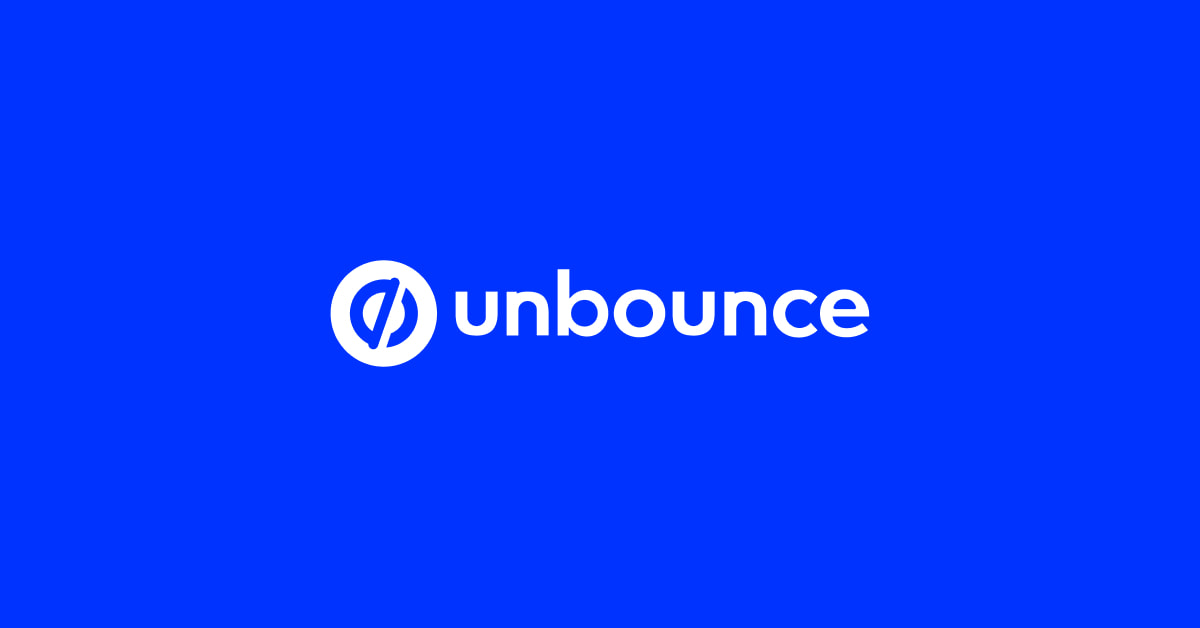While you think regarding building a slide presentation, you seemingly think of PowerPoint, Keynote, perhaps Google Slides, but in this tutorial, I’m going to show you a way to highspeed your presentations with the different tool.
Ludus (a web app) will take static presentations to another level, allowing you to add movement and more dynamism to whatever you’re presenting. Get a look at the screencast for entire details:
Getting Started With Ludus
Visit ludus.one and hit the Start button to get things moving.
Note: we’ll be using the free version, which limits us to a single user, 1Gb of storage, and 20 presentations. Upgrading for $99 per year will give us several other options and more flexibility. A teams package is also available
So, you’ll be requested to create an account (sign in with Facebook if you like) and you can then begin building presentations. Unless starting a new presentation, or opt for the user guide as an opening point, which is the excellent way for Ludus to demonstrate what’s possible and get you onboard.

Clicking New Presentation will bring up a dialogue where you can enter the initial dimensions (choose from presets if you prefer) and the document title.

You’ll enter a document screen, alike in many methods to all your desired applications; with controls along the top, a toolbar to the left, and panels on the right. At any point you can access all available slides by toggling the pane at the bottom of the screen:

Ludus Tools
The toolbar allows you to add things to the slides. Stuff like:
- Drawing mode, for pencil lines
- Titles (headings)
- Paragraphs
- Basic shapes, like rectangles and circles
- Arrows Lines
- Images
- Videos
- Code blocks
To control each one, settings are available in the inspector panels to the right.

The controls available are quite varied and versatile too; position and scale are fairly standard, but the code blocks have different syntax highlighters to choose from, shapes and images can have blending modes applied, and there are many more examples besides.
Smart Blocks
At the bottom of the inspection panels, you’ll also see a button with + Add Smart Block. This allows you to add elements which behave a little bit like symbols in graphics applications.

Adding a smart block (such as a common footer, or graphic) to multiple slides will allow you to make a change in one place and see those changes take effect throughout the document.
Slide Transitions
When your slides are set for presenting to the world, you can specify the transitions (along with the durations) you want between each one.

Pressing the play button at the top of the screen will reveal to you what the transition now looks like.
Show and Say
Having saved your finished presentation you now need to show it to an audience. Hit Share to grab a URL, or take the embed snippet, or even download an HTML or PDF version just in case you need a version offline.
Note: be aware that some of the effects and interactivity won’t necessarily work perfectly in the downloaded versions.

Conclusion
There are so many things to explore in Ludus; get a look at the screencast for more details and go and have a play yourself! Share your experience with us. Thank you 🙂



